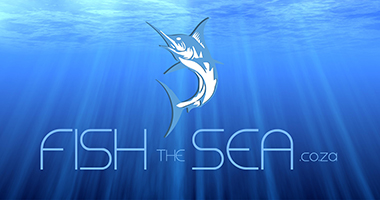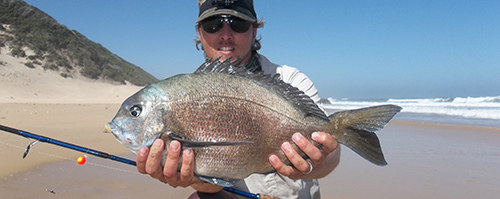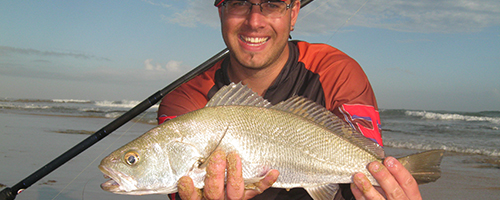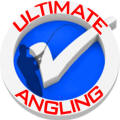Fly Fishing Hooks, Sizes & Info You Should Know
After hundreds of years there is not system for determining the size
of a fishing hook. In other words what you think is a size 14 trout hook
I might believe is a size 12 and yet we continue to see trout hook sizes
bandied about as if there was a standard method for determining fly
sizes.
The way I see it the overall shank length is the most important variable
but many hook makers use gape size to denominate a trout hook’s size.
But on the other hand when you look at the diagram of this Mustad hook
here then you will see what looks like a fairly simple piece of bent
wire is in a fact a highly complex product with a wide mixture of
properties.
Each maker has a fishing hook size chart and I suggest that if you are a dedicated fly tying enthusiast you stick with the fishing hooks you feel most comfortable with and that you catch most trout with. Because it becomes very complicated …
If you add the complexity of fly hooking effectiveness with the
variables in fly hook design then you really start to understand the
difficulties in coming to a standard.
Take a look at just how one company, Mustad specify hooks within their
range and the nightmare gets worse.
Fishing Hooks by Mustad
Different hook point descriptions: Knife-edge, Needle, Barbless Needle, Barbless, Micro Barb, Short, Beak, Reversed, and Kirbed.
Wire Strength: Strong, Extra Strong, 2 Extra Strong, then up to 4.
Wire Diameter: Fine, Extra Fine, 2 Extra Fine, then up to 4
Shank Length: Short, Extra Short, and up to 4 Extra Short, Long, Extra
Long and then up to 6 Extra Long.
Hook Eyes: Ringed Tapered, Looped, Looped Tapered Rin, Open, Swivel,
Needle, Flattened.
Hook Coatings: Duratin, Black Nickel, 24 Carat Gold, Nickel, Tin,
Special Tin
Hook Finishes: Black Matt, Black, Bronze, Blue, Red, Green.
And to make things just that little bit more difficult they add Miscellaneous to the categories of fish hooks. This includes: Forged, Auto Line, Mini Line, Stainless Steel.
In the 19th century Redditch the English hook maker tried to establish a unified approach based upon length of the shank after subtracting the eye. For example a size 10 on the Reedditch scale would be 9/16″ long, a size 14 would be 11/32″ long. For sizes between 14 and 22 a step of 2 meant the length was reduced by 2/32″ For sizes 4 to 12 a step change of 2 meant a change of 2/16″. This scale makes a dramatic difference to trout fly size at the small end. For example a size 20 on the Redditch scale is 66% longer excluding eye than a size 22. Now that makes a big difference to a Baetis sucking trout.
And since length is what really determines size as far as a trout is concerned and since it also, to a large extent, determines hooking power I find it a bit difficult to still understand why such a simple chart has not survived as a standard.
By he way Redditch is owned by Mustad these days.
The strange thing is … the trout we seek to catch with a fur feather and
hook don’t understand any of this stuff. That makes me feel a lot better
I must admit.
Don’t you, like me, love it though? …
These mysteries of trout fishing, the absurdities we introduce into a wonderful sport and how we each have an ongoing ability to convince ourselves that we still do need that extra small box of trout flies.







